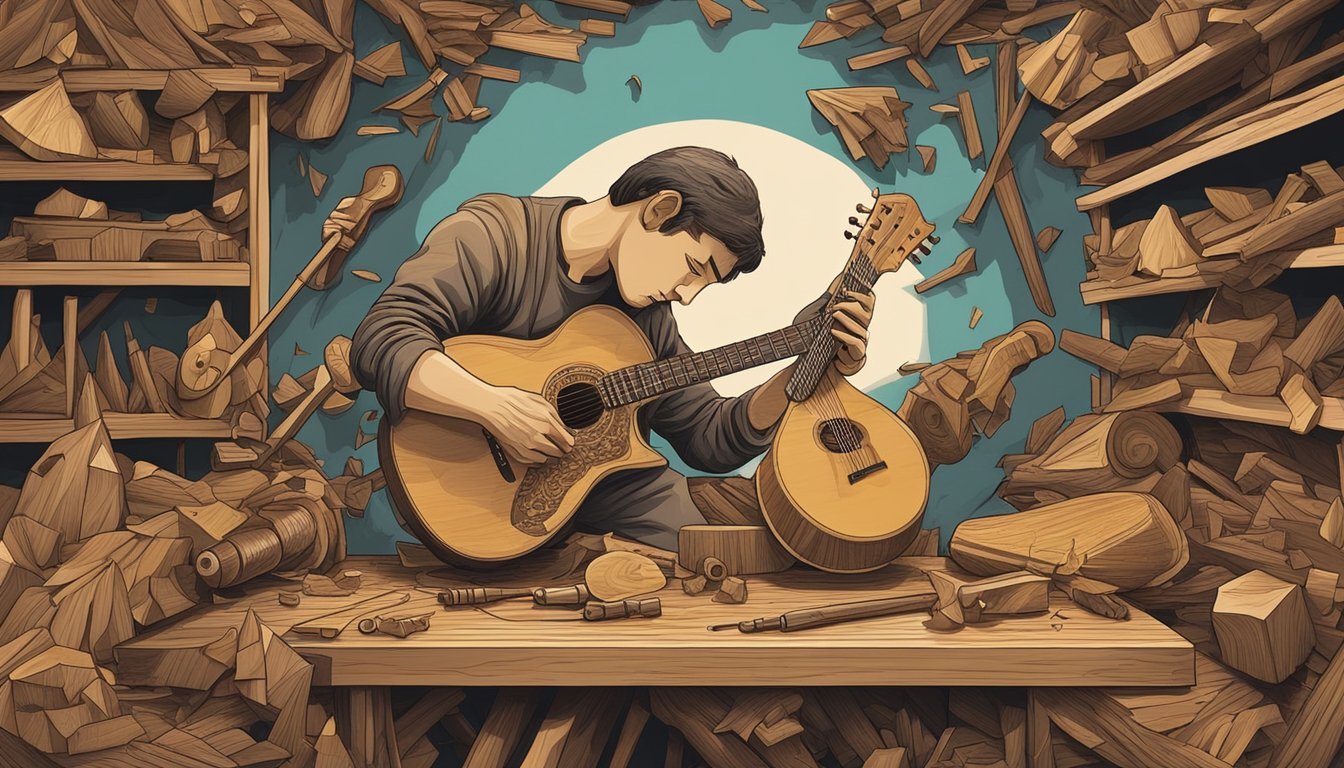The guitar is a beloved instrument with a rich history that spans centuries.
Various stringed instruments influenced the modern guitar, and many cultures shaped its evolution.
From its early beginnings in ancient Spain to its place in today’s diverse music scene, the guitar’s journey is fascinating and packed with innovation.
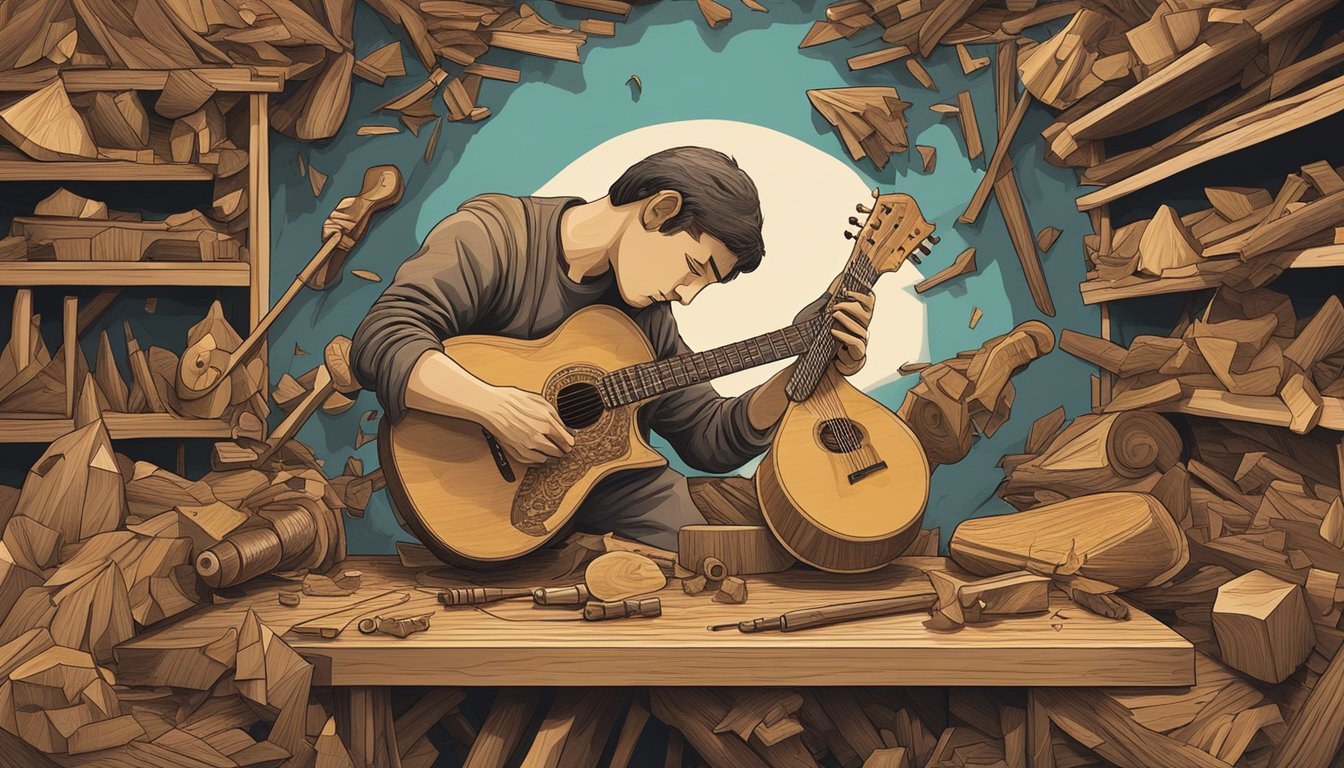
You might wonder who exactly invented the guitar.
While there isn’t a single inventor, the evolution of the guitar involved many contributors, including influential luthiers.
Their work helped shape different styles and types of guitars, leading to the electric and acoustic versions we enjoy today.
As you explore this article, you’ll uncover the origins of the guitar, key figures in its development, and how it continues to impact music around the world.
Key Takeaways
- The guitar has ancient roots with influences from various cultures.
- Key luthiers greatly contributed to the guitar’s modern evolution.
- The guitar continues to shape and inspire music today.
Origins and Early History
The guitar has a rich history that traces back to various ancient string instruments.
These ancestors laid the groundwork for the instruments you recognize today.
From the lute’s elegance to the emergence of the vihuela and the baroque guitar, understanding these early forms reveals how the modern guitar evolved.
Ancient Roots and Ancestors
You can find the origins of guitar-like instruments in ancient cultures.
The Greeks had the kithara, and the Mesopotamians had the tanbur.
These instruments had long necks and played an important role in music.
Around 1500 BCE, the har-mose, an Egyptian string instrument, also influenced later designs.
By the medieval period, instruments like the lute began to shape the sound and structure of what we would eventually know as the guitar.
It’s fascinating to consider how string instruments evolved, branching into different regions and styles, forming the backbone of modern guitars.
From the Vihuela to the Baroque Guitar
As you look closer at historical development, the vihuela stands out in the 15th and 16th centuries.
Originating in Spain, it had a flat back and waisted body similar to the modern guitar.
It featured a five-course string layout, which became a crucial part of guitar design.
The baroque guitar emerged later, around the late 16th century.
This version had more strings and a refined shape, gaining popularity across Europe.
Notable makers like Gaetano Vinaccia contributed to its evolution, making it a staple in musical performances.
The transition from the vihuela to the baroque guitar showcased the shift in styles, leading to what you recognize today.
These developments set the stage for future innovations in guitar design.
Development of Modern Guitar
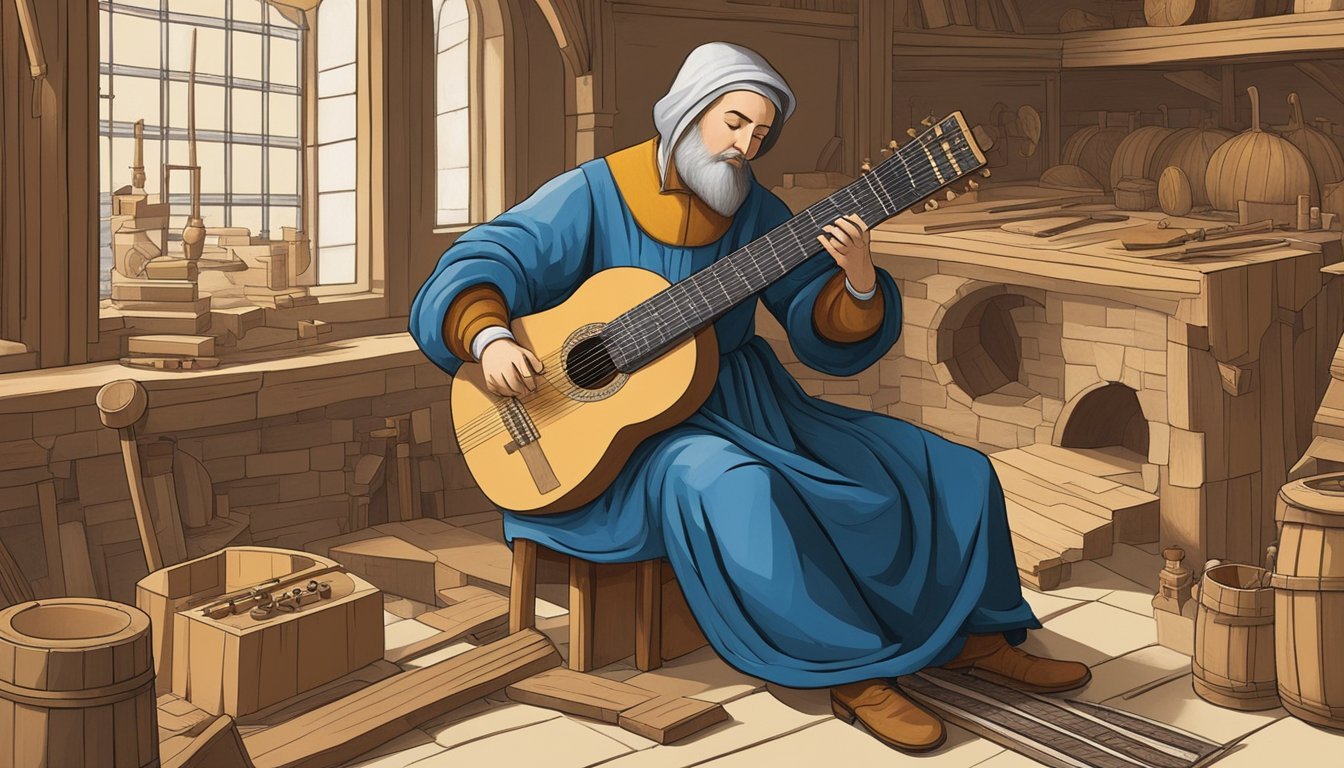
The modern guitar has a rich history, marked by contributions from various cultures and inventors.
Significant advancements in design and technology paved the way for both acoustic and electric guitars that you know today.
The Spanish Contribution
One key figure in the development of the modern guitar is Antonio de Torres Jurado.
In the 19th century, he made crucial changes to the classical guitar design.
Torres introduced the fan bracing technique, which helped improve the instrument’s sound.
He also expanded the size and shape of the guitar, which led to better resonance.
This evolution resulted in a deeper sound and enhanced projection, setting the standard for classical guitars.
Nylon strings were commonly used in these instruments, providing a softer tone.
His innovations remain influential in guitar construction today.
Evolution of Acoustic Guitar
The acoustic guitar saw major changes over time.
The flat top acoustic guitar, created by Christian Frederick Martin, became the dominant style due to its balanced sound and strong body.
Martin swapped out traditional fan bracing for X-bracing, allowing the guitar to handle more string tension and produce a fuller sound.
Steel-string guitars also emerged, giving way to new genres of music.
These guitars utilized steel strings, which offered a brighter, louder tone than classical nylon strings.
Today’s acoustic guitars, whether they are made for fingerstyle or strumming, often follow these design principles.
Electric Revolution
The introduction of electric guitars represented a huge milestone in music.
Gibson created the first electric guitar with a solid body, known as the Les Paul.
This guitar featured pickups that converted string vibrations into electrical signals for amplification.
Fender followed with the iconic Fender Stratocaster, known for its sleek design and versatility.
Famous guitarists like Jimi Hendrix popularized these instruments, leading to a surge in electric guitar music.
The electric revolution forever changed how you experience guitar sound and style, bridging genres from rock to blues.
Influence and Impact on Music
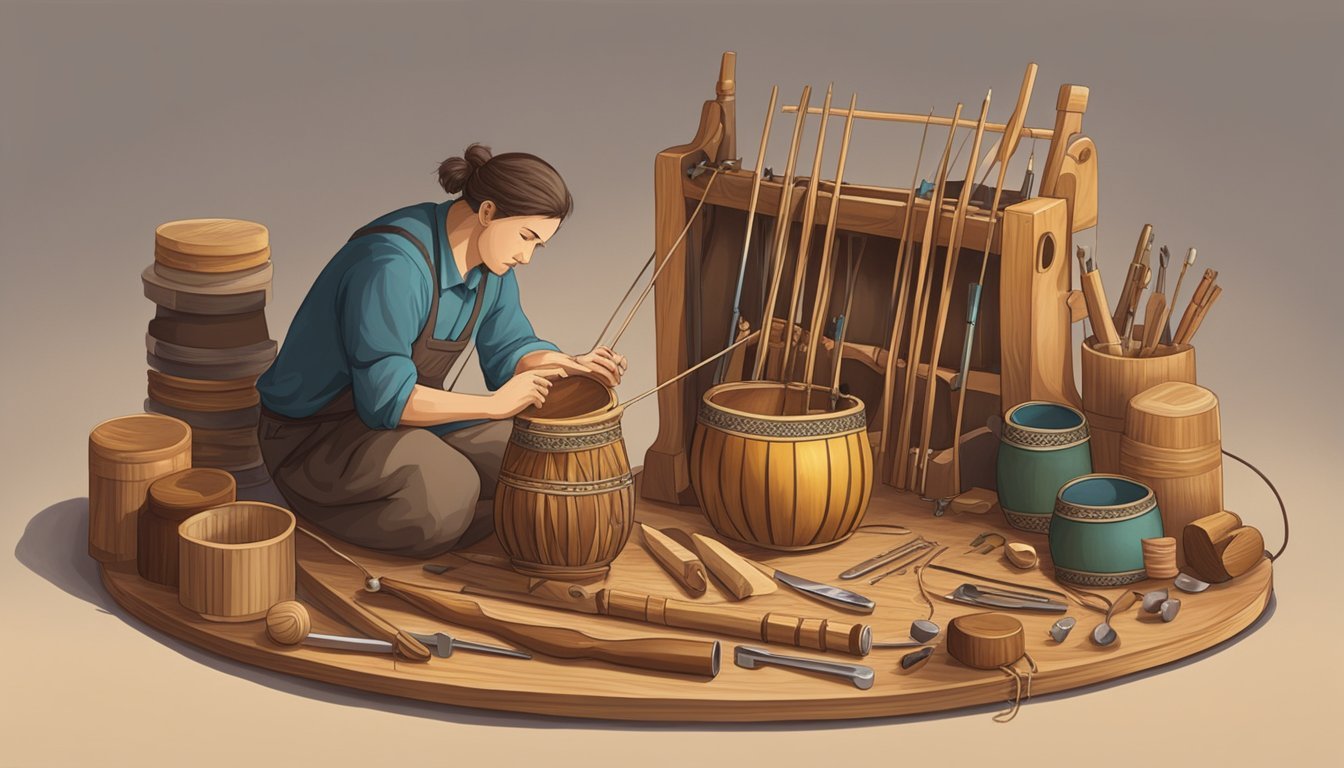
The guitar has shaped many music genres and styles, becoming a central instrument in the world of sound.
Its versatility allows it to adapt to a range of musical forms, connecting with various artists and cultural movements.
Genres and Styles
From folk to heavy metal, the guitar plays a key role in defining musical genres.
In jazz, the guitar complements other instruments.
Artists like Charlie Christian brought the guitar to the forefront, changing how we hear jazz music.
In the blues, the guitar delivers raw emotion, with guitarists expressing struggles and triumphs.
You can’t talk about blues without mentioning the powerful sound of blues guitar legends.
Rock music, especially in the 20th century, made iconic use of electric guitars.
Bands often relied on guitars for their signature sound, like the beloved Fender Stratocaster.
In country, the guitar adds a distinct twang.
Acoustic and steel guitars merge beautifully in this genre.
No matter the style, the guitar remains a powerful tool for creativity and expression across all these genres.
Iconic Players and Their Guitars
Guitar players have made significant impacts on music, each bringing their unique style.
Jimi Hendrix is often celebrated for his revolutionary approach to the electric guitar and shows how you can blend blues and rock.
Les Paul created the famous Gibson Les Paul, a model used by many artists.
Its design has become a standard in rock music, showing how important innovation is in guitar design.
Andrés Segovia raised the profile of the classical guitar, kicking off a new level of appreciation for its artistry.
From archtop to lead and bass guitars, each type has its own contributions and is favored by specific musicians.
The diversity in guitar playing styles continues to inspire new generations of musicians.
Frequently Asked Questions
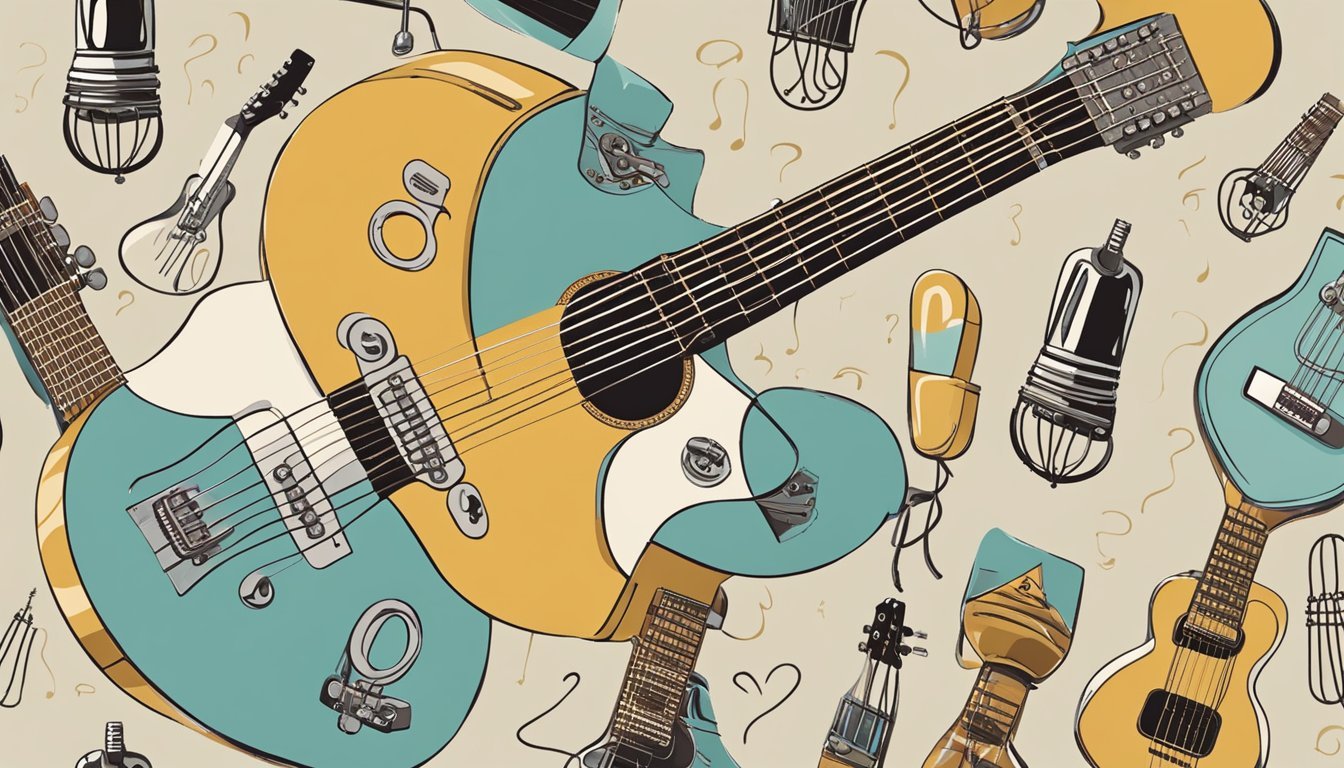
You might have some burning questions about the guitar’s origins and its inventors.
Let’s dive into who contributed to this amazing instrument and some interesting backstories along the way.
The history of the guitar’s invention is a fascinating journey that intertwines various cultures and musical traditions.
From the early stringed instruments of ancient civilizations to the more recognizable forms that emerged in Europe during the Renaissance, each stage of development has influenced the guitar we know today.
Notable figures such as Antonio de Torres and C. F. Martin played crucial roles in shaping its modern design, ensuring its place in both classical and contemporary music.
Who first came up with the idea of the guitar?
The guitar has roots that trace back thousands of years.
Instruments similar to the guitar existed in ancient cultures, but its modern form began taking shape in Europe during the Renaissance.
What’s the backstory of the acoustic guitar’s invention?
The acoustic guitar evolved from earlier string instruments like the lute and vihuela.
Antonio de Torres Jurado, a Spanish luthier, made significant improvements to the design in the 19th century, shaping what we now recognize as the classical guitar.
Who’s the genius behind electric guitar creation?
The electric guitar was born in the 1930s.
Pioneers like Adolph Rickenbacker and George Beauchamp are credited with creating the first successful models, forever changing the sound of music.
Which mastermind introduced guitar chords?
Guitar chords have been used for centuries, evolving from folk and classical music.
Many early musicians helped popularize the use of chords, but a specific person isn’t credited with “introducing” them as they developed gradually over time.
How did the six-string guitar come into play?
The six-string guitar became popular in the 19th century.
This standardization helped create a more uniform playing style, making it easier for musicians to share techniques and music.
Can you tell me who crafted the oldest known guitar?
The oldest known guitar dates back to the 15th century.
People believe that someone made it in the region of Spain.
This guitar showcases the early form of the instrument as we know it today.

